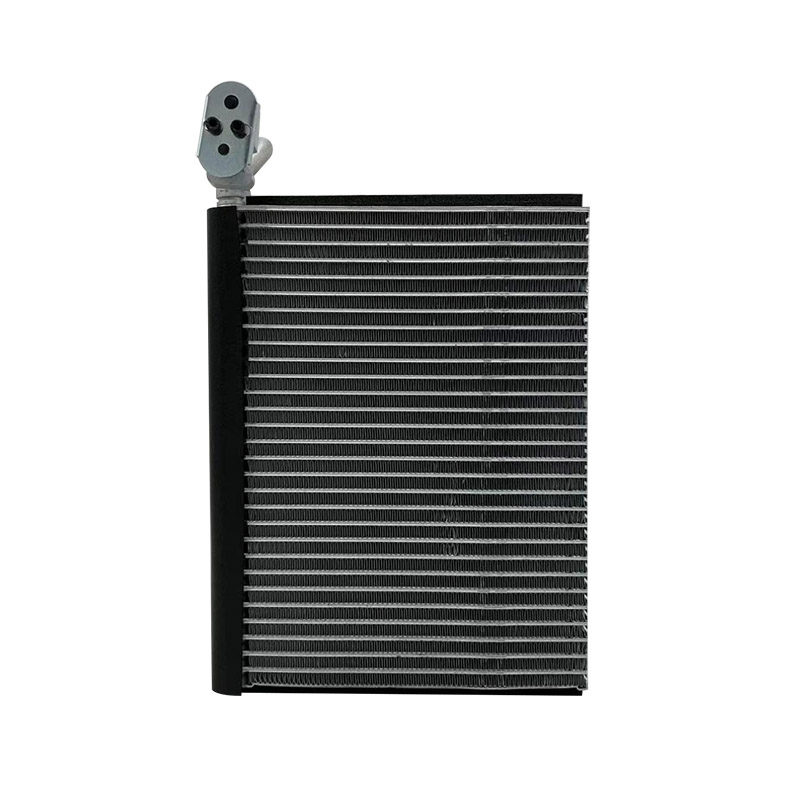Components of Automobile Evaporator
2024-05-22
The automobile evaporator is a critical component of a vehicle's air conditioning system. Its primary function is to absorb heat from the vehicle's interior and transfer it to the refrigerant, thereby cooling the air that is circulated back into the cabin. Here's an overview of how it works, its components, and its importance:
How It Works
1. Refrigerant Flow: The refrigerant, in a low-pressure liquid state, enters the evaporator through an expansion valve or orifice tube.
2. Heat Absorption: As the refrigerant flows through the evaporator coils, it absorbs heat from the air inside the vehicle. This causes the refrigerant to evaporate and turn into a low-pressure gas.
3. Cooling the Air: The air blown over the evaporator coils is cooled as the heat is absorbed by the refrigerant. This cooled air is then circulated back into the cabin.
Components
1. Evaporator Core: A series of tubes and fins through which the refrigerant flows and absorbs heat. The fins increase the surface area for better heat exchange.
2. Expansion Valve or Orifice Tube: Regulates the amount of refrigerant entering the evaporator, controlling the pressure and ensuring efficient heat absorption.
3. Blower Motor: Pushes the air across the evaporator fins and into the vehicle's interior.
4. Temperature Sensors: Monitor the temperature and ensure the system operates within optimal ranges, preventing the evaporator from freezing.
Importance
1. Climate Control: Provides a comfortable temperature inside the vehicle, enhancing passenger comfort.
2. Humidity Control: Reduces the humidity in the cabin by removing moisture from the air, which condenses on the evaporator coils and is drained away.
3. Air Quality: Helps filter and clean the air as it passes through the evaporator, improving overall air quality inside the vehicle.
Maintenance and Issues
1. Clogging and Leaks: Over time, the evaporator can become clogged with dirt and debris or develop leaks, reducing its efficiency. Regular maintenance and cleaning are essential.
2. Freezing: If the evaporator gets too cold, it can freeze, blocking airflow. This can be caused by a malfunctioning expansion valve or low refrigerant levels.
3. Odors: Moisture on the evaporator coils can lead to mold and mildew growth, causing unpleasant odors. Using the air conditioning regularly and ensuring proper drainage can help prevent this.
Troubleshooting Common Problems
- Poor Cooling Performance: Could indicate low refrigerant levels, a clogged evaporator, or a failing expansion valve.
- Strange Noises: Rattling or hissing noises might suggest debris in the evaporator or refrigerant leaks.
- Water Leaks Inside the Cabin: Often due to a blocked drain tube, causing condensation to overflow inside the vehicle.
In summary, the automobile evaporator is essential for effective climate control in vehicles, ensuring comfort and air quality. Regular maintenance and prompt attention to issues can help maintain its performance and longevity.



